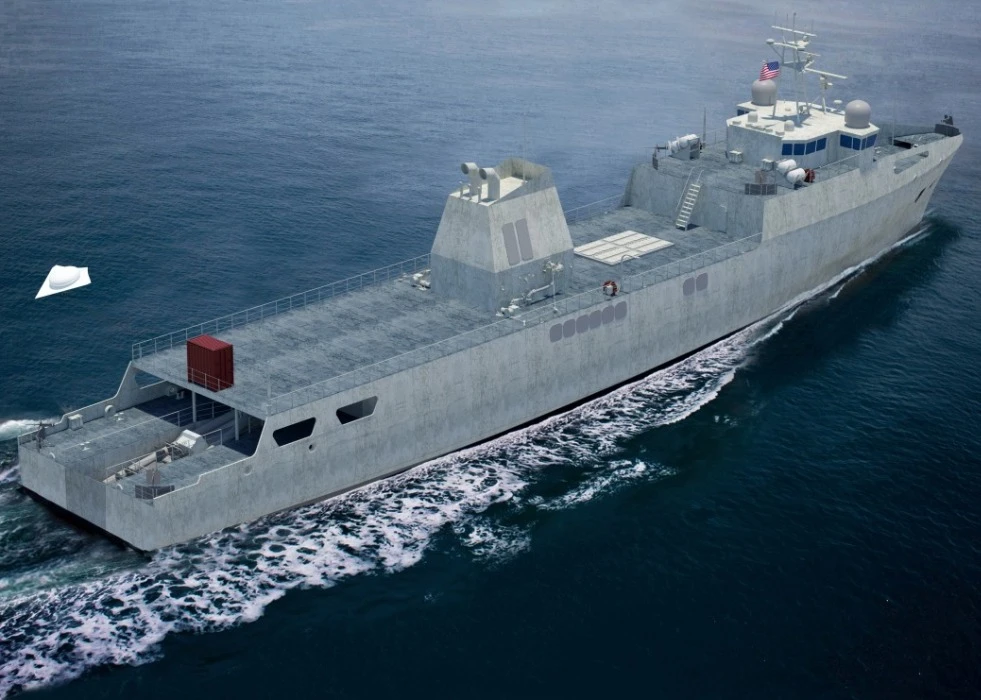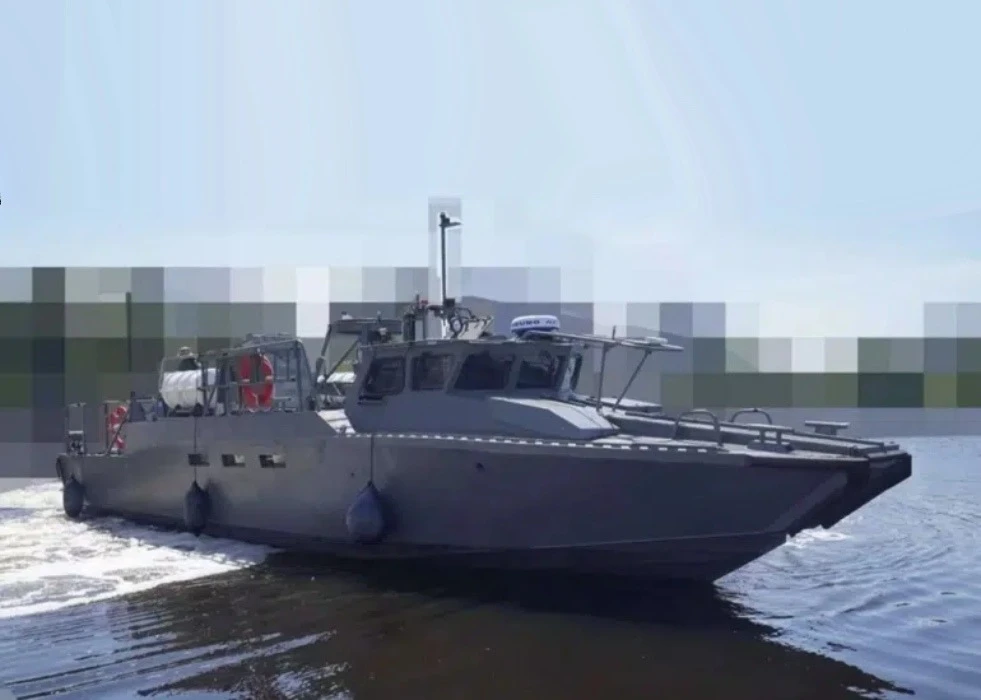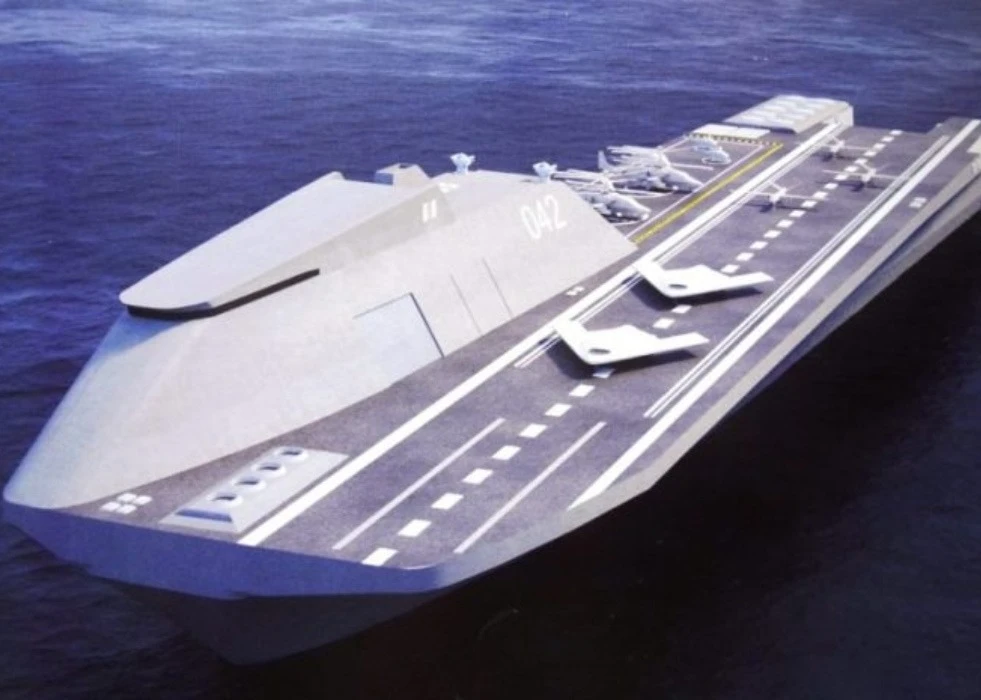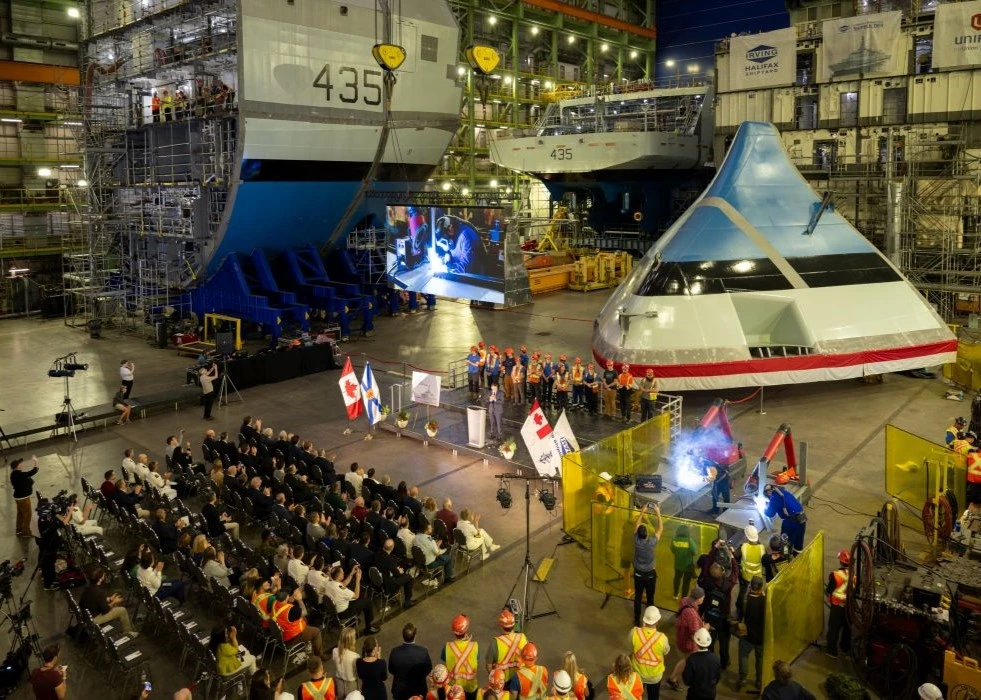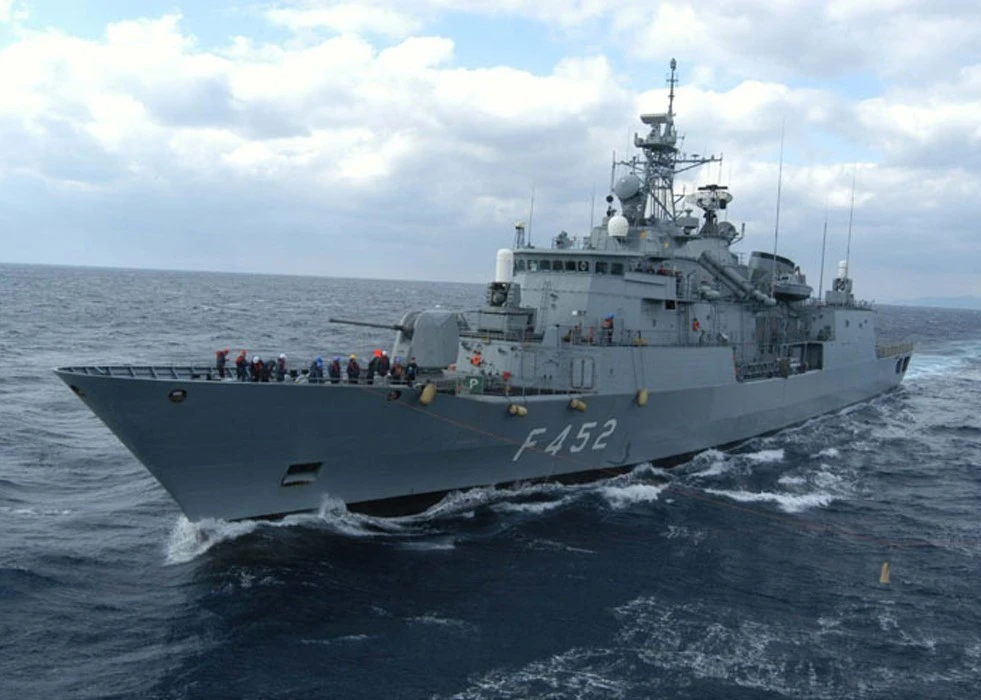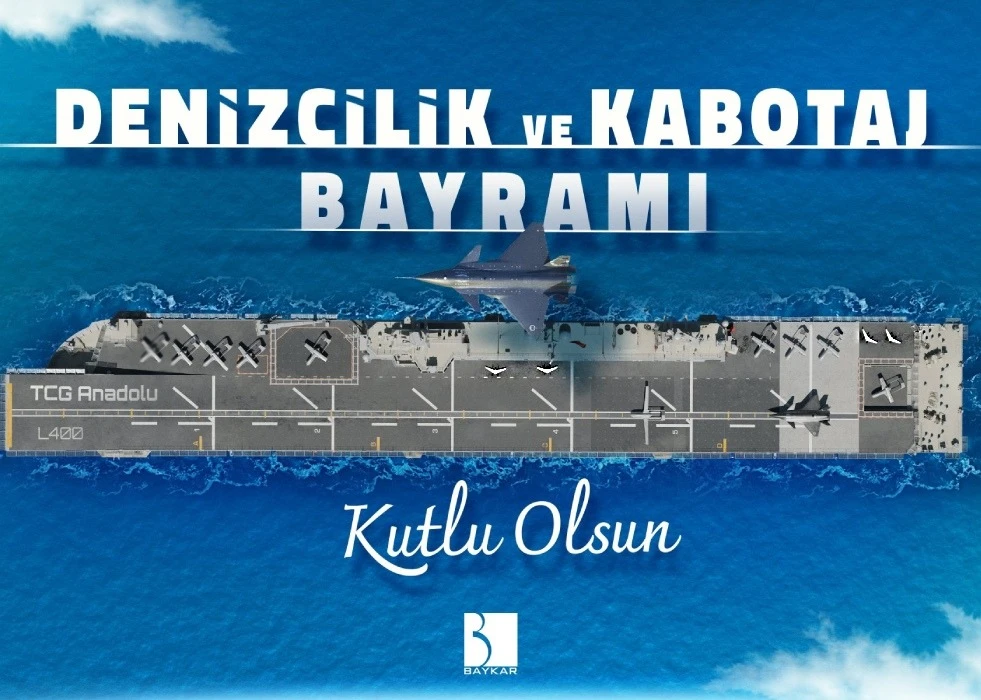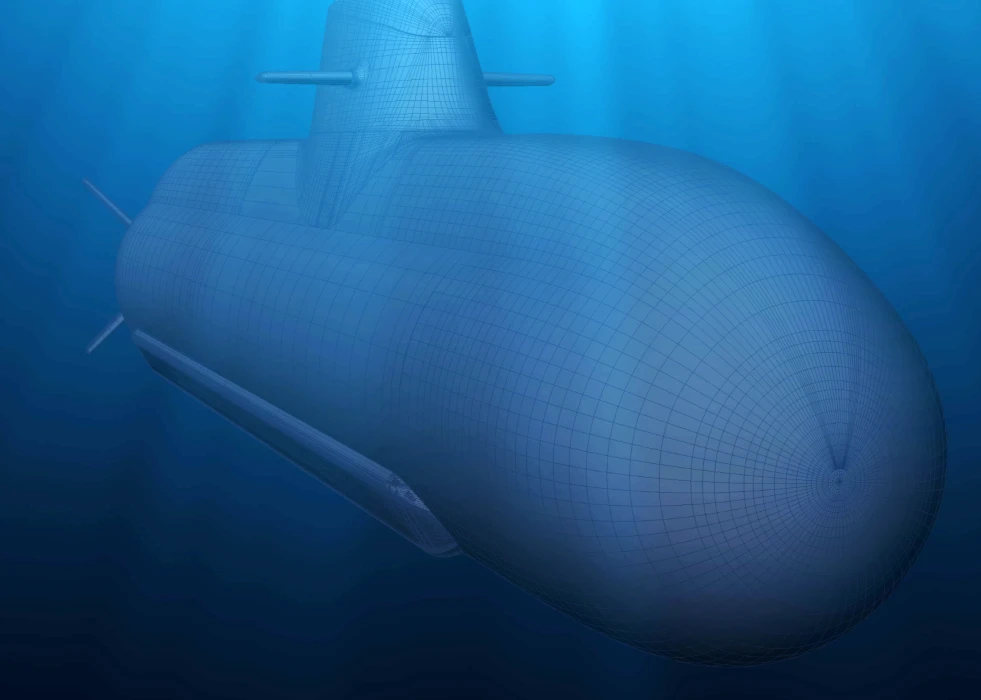NAVSEA has announced the completion of extended reliability demonstrations of four different engine configurations for the LUSV programme.
The 720-hour endurance tests validated the ability of engine configurations to operate without human intervention. This is important for the future LUSVs to operate alongside warships for long periods. The U.S. Navy has a projection of a Hybrid Fleet that operates as a mixture of warships and USVs of various types for support.
Four teams competed in the endurance tests with their respective powerplants.
Bollinger and Carter Machinery, on behalf of Caterpillar in Chesapeake, Virginia, was the first team to achieve this milestone in December of 2023. They demonstrated sufficient mechanical reliability of the 1550 kW Caterpillar 3512C model engine.
Fincantieri Marinette Marine (FMM) and Carter Machinery, on behalf of Caterpillar in Chesapeake, VA, demonstrated the mechanical durability of the Caterpillar 2300 kW rated 3516 main propulsion diesel, lube oil and fuel system.
Gibbs & Cox and Southwest Research Institute in San Antonio, Texas, on behalf of Cummins, also validated the reliability of the QSK95 diesel engine paired with an ABB AMG 0560M04 LAE generator.
Huntington Ingalls Incorporated (HII), in partnership with the U.S. Coast Guard, conducted a successful 720-hour demonstration on behalf of MTU of the MTU 20V 4000 M93L, a Main Propulsion Diesel Engine configuration.
A contract was awarded to six companies for the conceptual design of an LUSV. The rough estimates on the design specifications are modularity, a displacement of about 1500 tonnes, and a length of 60 meters.
Austal is one of the companies to have a proposal on what might a future LUSV be like. The company’s LUSV concept includes packs of VLS cells and a UAV connected by a cable. In terms of size, it is comparable to some corvettes.
U.S. Navy Tests Engine Configurations for Large USVs
